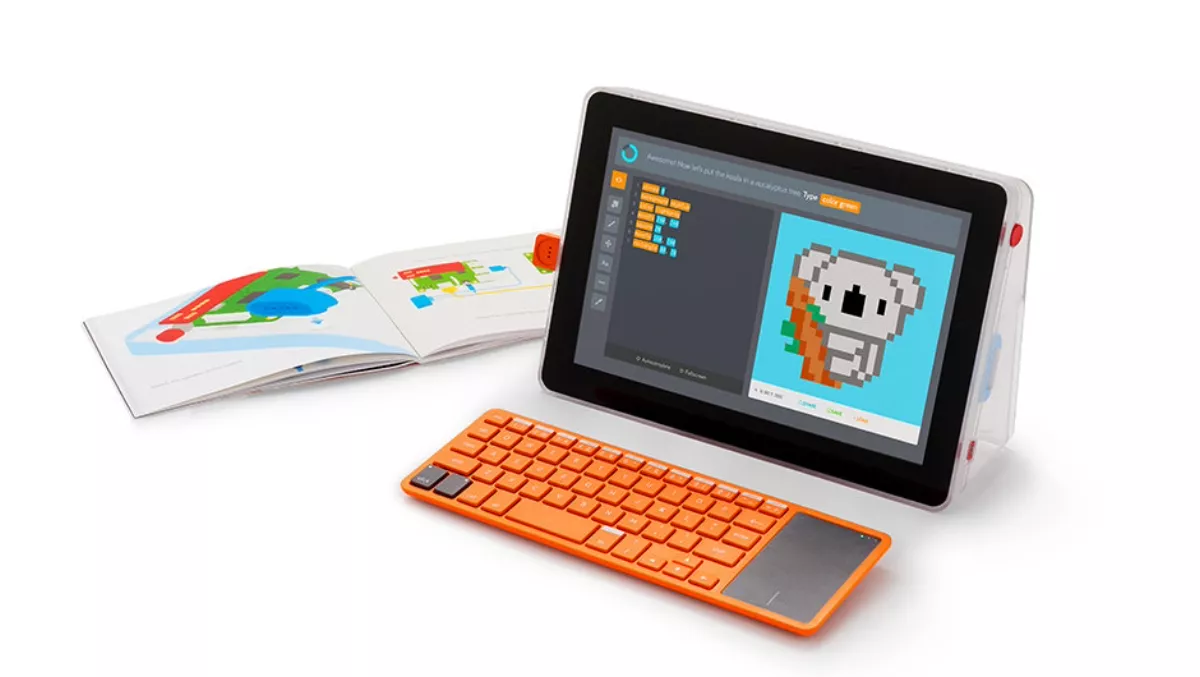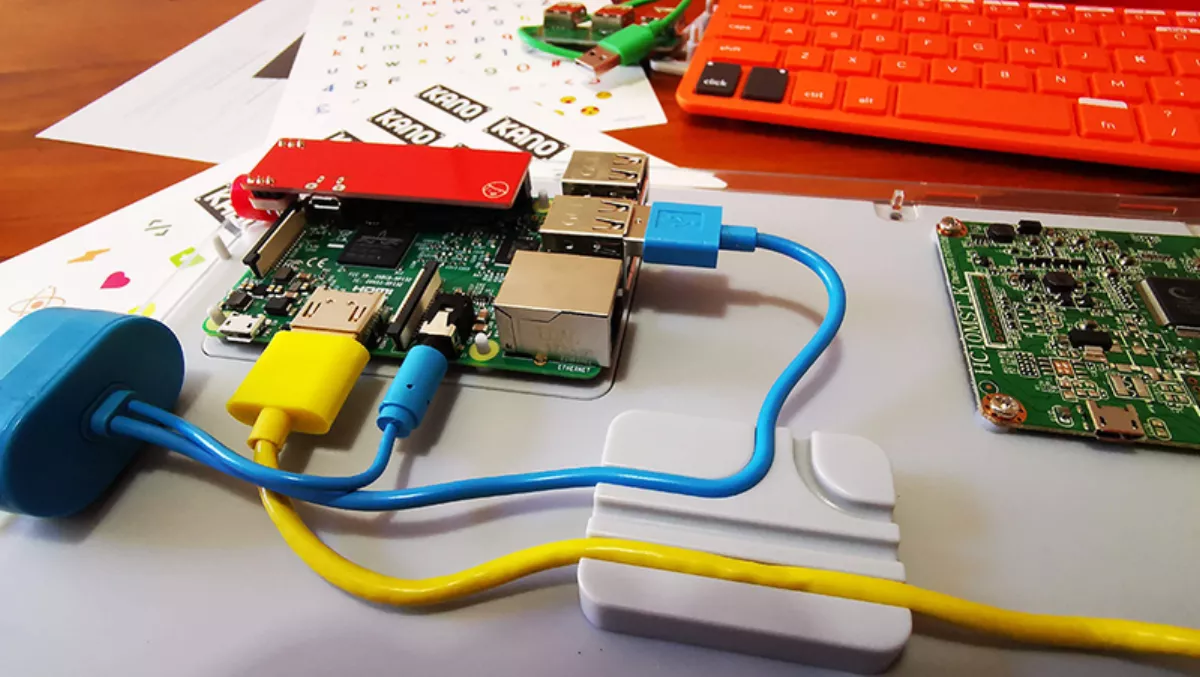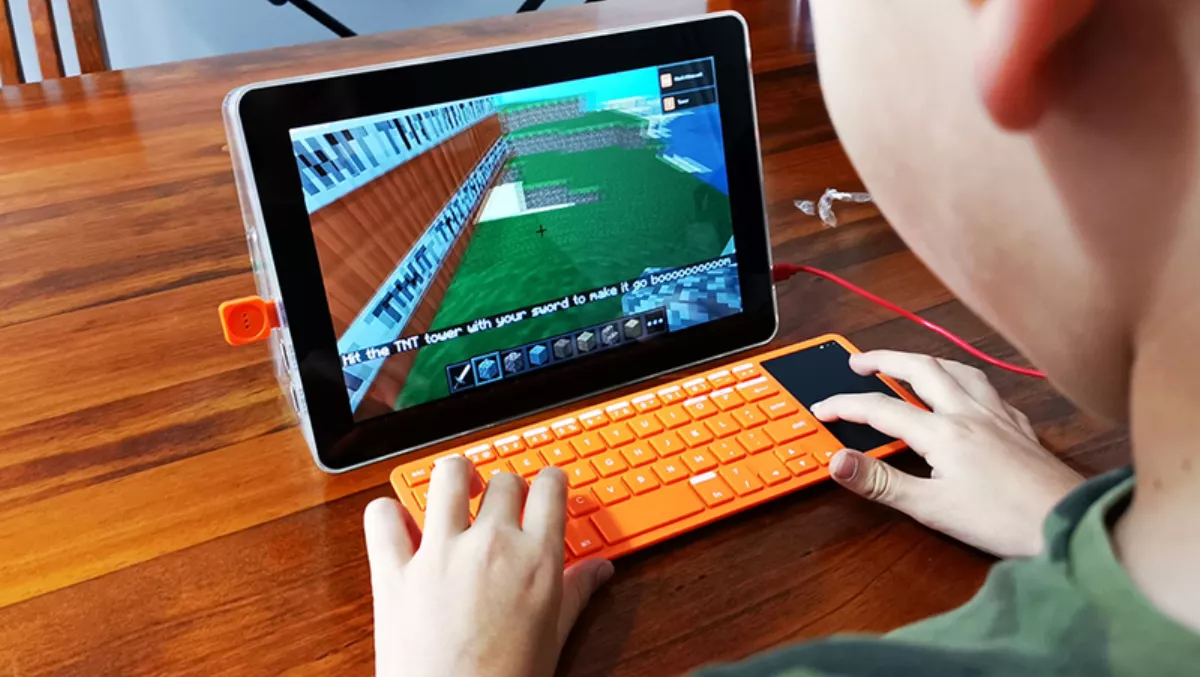
Hands-on Review: Kano Computer Kit
As a kid, I owned a Sinclair ZX81. Like many of my generation, I learned how to program computers at the same time as playing (rudimentary) video games. I've long lamented that those that followed us were taught not how to use computers, but simply, how to use applications. We now have a generation of kids that have no idea how videogames, or any other of the thousands of applications they use in daily life, are actually made.
It really pains me that 99% of kids out there just play video games on PCs, mine included.
Of late, there's been some significant investment in teaching kids how to code (a phrase that, call me old-fashioned, doesn't sit well with me; my preference is "to programme"). The guys at Kano have taken this idea and ran with it. Their computer kits aim to get kids to do more than just use computers, but to understand how they work and make them do new things.
The Kano Computer Kit Complete is one of the most impressive things that I've reviewed in a long time. But rather than be a man-child about it, I enlisted my nine-year-old to build his first PC. The experience was golden.
Everything that you need is included in the kit, the mainboard, USB board, battery, power supply LCD screen, cables and wireless keyboard. You don't need a screwdriver, as everything clips together.

The kit comes with an easy-to-read Lego-style instruction manual. The computer is based around a Raspberry Pi 3 mainboard. The components are mounted on the back of the included 120.1" HD LCD screen via a series of colour-coded cables. As the machine is put together, the instruction book identifies each component and their job.
The included wireless keyboard has a USB dongle that plugs into the 64-bit quad-core ARM Cortex A53-powers Raspberry Pi 3 board. I did get some perverse joy watching my son try to push in the USB dongle, sympathising with his frustration and agreeing that whoever designed USB connectors does need a good talking to.
By the time he had installed the USB-powered speaker, the USB hub and the microphone, he was a dab hand with USB connections. Then it was to move onto the equally nasty HDMI cable for the screen.

The Linux-based Kano OS comes on an included SD Card that slots into the Raspberry Pi mainboard.
With all the components plugged tother, a clear plastic cover clips into the back of the screen allowing the machine's innards to be nicely displayed. Assembly is not at all difficult, but the end result is a functioning computer. The understanding and experience attained during the build go a long way towards cementing the knowledge of just how all the components of a computer work together.
The wireless keyboard has a USB cable for charging, and this can be charged straight from the computer. The computer, itself, has a USB socket for charging the onboard battery from the mains.
With the machine assembled and booted up, the cheeky folks at Kano ask you if you are ready to go down the rabbit hole a la The Matrix. A few questions and a Wi-Fi connection later and you as greeted with the desktop.
The LCD screen is not touch-sensitive, but the keyboard has a decent touchpad for controlling the cursor.
The computer comes with a variety of app pre-installed. Both Kano Code and the very popular Scratch app are fun ways to introduce kids to programming.

The included Hack Minecraft is a special version of the phenomenal block-based building game. Developed by Mojang, this version has been specially designed to teach programming in a fun environment that will be very familiar to kids that play Minecraft.
As the computer is Wi-Fi enabled, it is internet-ready. There's a browser that can be used to surf the Internet. Be mindful of this, as once your kids have built the machine you may still need to supervise its use.
At around NZ$500, the kit isn't cheap. Whilst you could pick up many of the components for a lot cheaper, the whole package- the manual the colour-coded components and the actual Kano OS are well worth the extra cost.
The Kano Computer Kit Complete is a fabulous package. It's perfect for getting kids interested in how computers and digital technology actually works. If you can overlook the huge price tag, and are keen for your kids to be more than just consumers of digital technology, you may want to check out this superb kit.


